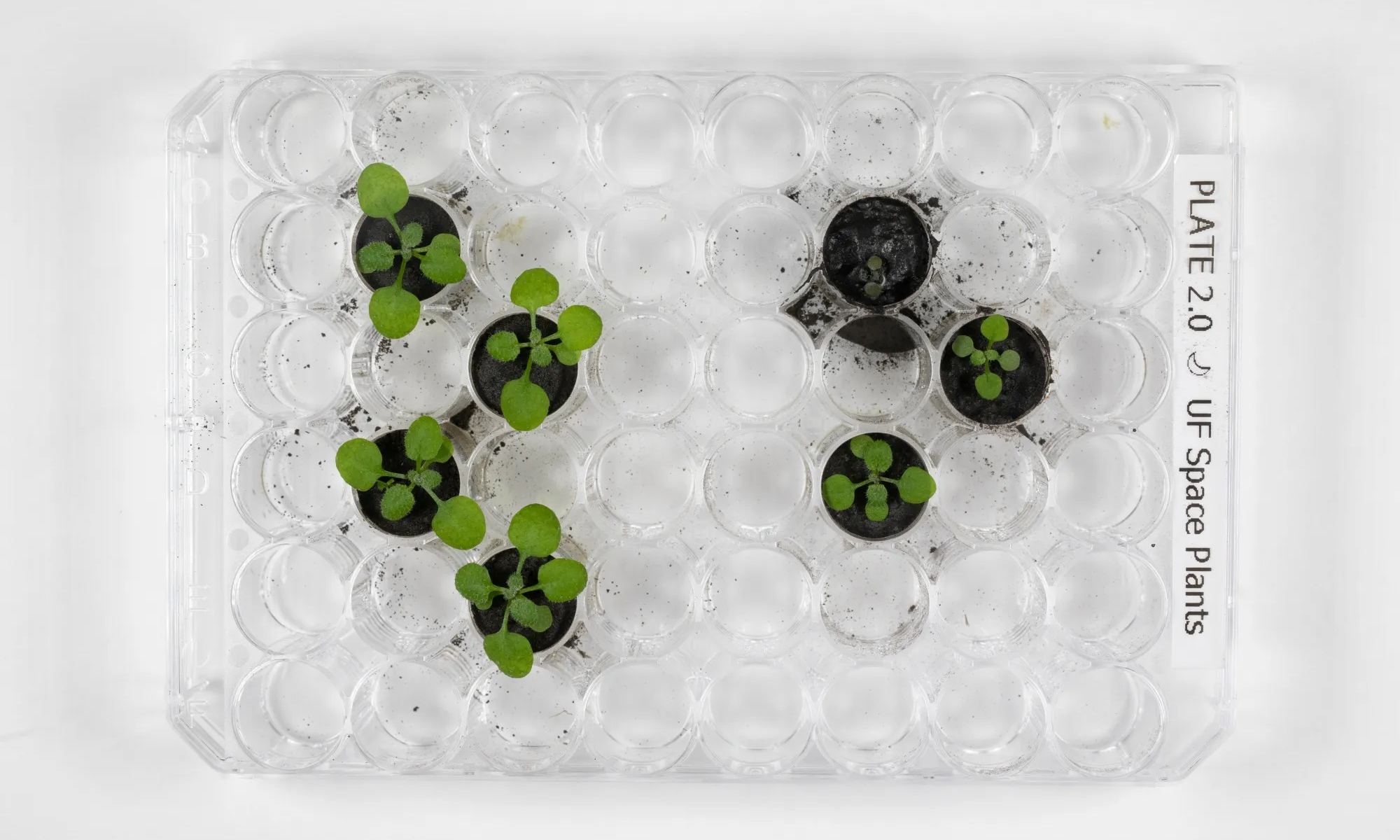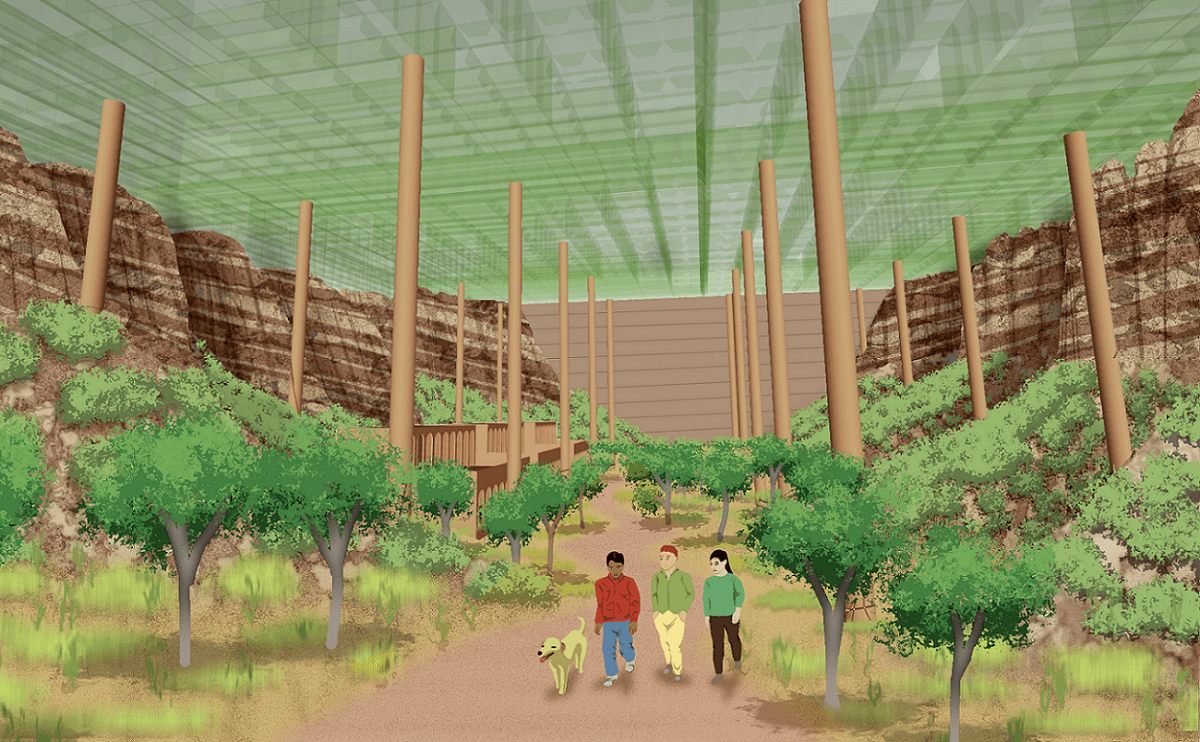Continuous human habitation of the Moon is the state aim of many major space-faring nations in the coming decades. Reaching that aim requires many tasks, but one of the most fundamental is feeding those humans. Shipping food consistently from Earth will likely be prohibitively expensive shortly, so DLR, Germany’s space agency, is working on an alternative. This semi-autonomous greenhouse can be used to at least partially feed the astronauts in residence on the Moon. To support that goal, a team of researchers from DLR released a paper about EVE, a robotic arm intended to help automate the operations of the first lunar greenhouse, at the IEEE Aerospace conference in March.
Continue reading “Can a Greenhouse with a Robotic Arm Feed the Next Lunar Astronauts?”Plants Could Grow in Lunar Regolith Using Bacteria

In the next decade, NASA, China, and their international and commercial partners plan to establish habitats on the Moon. Through the Artemis Program, NASA will deploy the orbiting Lunar Gateway and the Artemis Base Camp on the lunar surface. Meanwhile, China (and its partner Roscosmos) will deploy the International Lunar Research Station (ILRS), consisting of an orbital and surface element. The creation of this infrastructure will enable a “sustained program of lunar exploration and development” that could lead to a permanent human presence there.
To ensure that humans can work and live sustainably beyond Earth, astronauts and crews will need to be able to harvest local resources to see to their needs – in-situ resource utilization (ISRU). This includes using lunar water ice and regolith to grow plants, providing astronauts with food and an additional source of oxygen and biomass. To test the potential for growing plants on the Moon, a Chinese research team conducted a series of experiments where they grew tobacco plants in simulated lunar soil with the help of bacteria.
Continue reading “Plants Could Grow in Lunar Regolith Using Bacteria”Practical Ideas for Farming on the Moon and Mars
When the International Space Station (ISS) runs low on basic supplies – like food, water, and other necessities – they can be resupplied from Earth in a matter of hours. But when astronauts go the Moon for extended periods of time in the coming years, resupply missions will take much longer to get there. The same holds true for Mars, which can take months to get there while also being far more expensive.
It’s little wonder then why NASA and other space agencies are looking to develop methods and technologies that will ensure that their astronauts have a degree of self-sufficiency. According to NASA-supported research conducted by Daniel Tompkins of Grow Mars and Anthony Muscatello (formerly of the NASA Kennedy Space Center), ISRU methods will benefit immensely from some input from nature.
Continue reading “Practical Ideas for Farming on the Moon and Mars”

